Devlog: Consumables Valuables

Hello!
In today's devlog we will talk about items: food, consumables, valuables and their impact on the economy.

Let's start with the most delicious part: food. Cooking system isn’t that far away, so we’ve added many new types of food, almost all of which have their own properties, rarity and value. The meat is very nourishing and slows hunger accumulation after being consumed; fruits quench thirst and increase immunity; vegetables also strengthen your immunity and often have special effects. For example, garlic will slightly increase your resistance to unholy damage, and leek will slightly increase the speed of detoxification.
Dishes are separate subcategory of food. They usually greatly satisfy hunger, occupy less inventory space and spoil more slowly (or don’t spoil at all when it comes to pickled and smoked products) or have powerful special effects. For now, you can only buy them from merchants, but in the future we will add the ability to cook them by yourself.
Some types of food are highly valued for their healing properties and rarity. Usually, they have an elven origin: figs, ginger, citruses and dragon fruits will be difficult to find anywhere except from stocks of rarely encountered elven traders.
Alcohol deserves a special mention. Since the war was raging around not so long ago, there is not much quality alcohol left and therefore it’s highly values. You will have a choice: to keep alcohol for yourseld to relieve pain and keep morale high enough, or to sell it for additional income. The more exquisite the alcohol is, the weaker are its side effects: drinking country moonshine is… well, very different from consuming brandy or rare elven icy wines.

By the way: we finally added the ability to merge used consumables with each other. Now, if you have two half full bottles, their contents can be poured into one, freeing up a place in the inventory.

And now, the valuables. We want them to become the main engine of the in-game economy: it will be much more profitable for the player to seek various rarities than to collect rusty junk sold for a penny. First, they take up much less space than massive armor and weapons. Secondly, it’s way more profitable: almost all merchants are interested in valuables and are willing to pay pretty well for them.
Different locations will have different sets of valuables you may encounter. In the crypts you can profit from the plundering of sarcophagi - perhaps, among the decayed bones you may find some old jewelry. In the brigand hideouts you may find a lot of different stuff, including rare goods from the plundered elven caravans: porcelain, silks, ivory and spices. And in the abandoned mines it’s possible to find gems and precious ingots.

And to carry all that loot far enough, do not forget to get a roomy bag in advance. And, perhaps, equip some good armor: with such a load you can easily get into a brigand ambush.
That's all for today, see you soon!
======
Also you can follow us on:

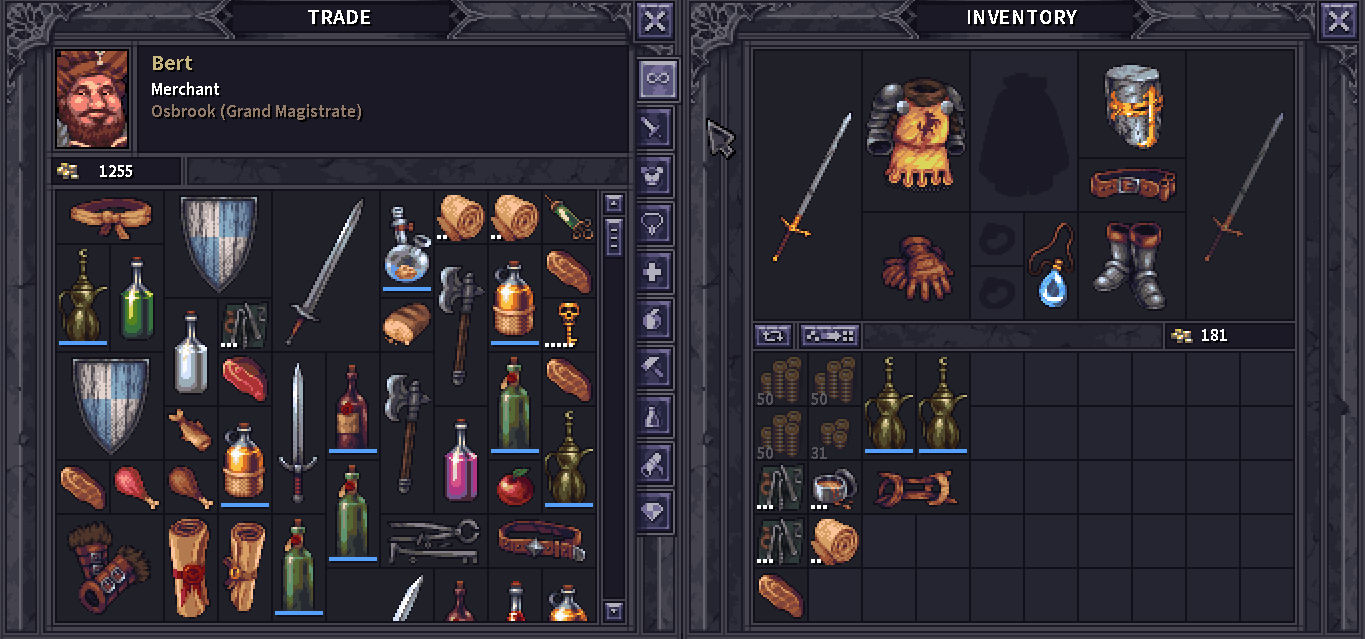
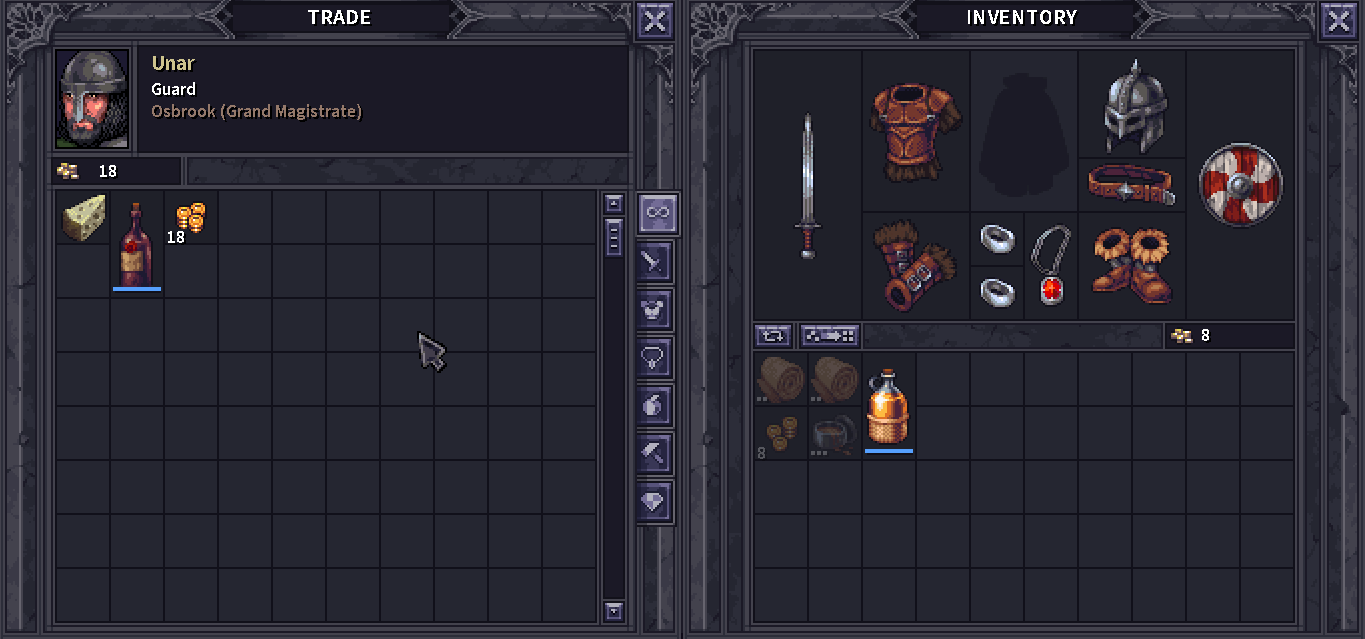
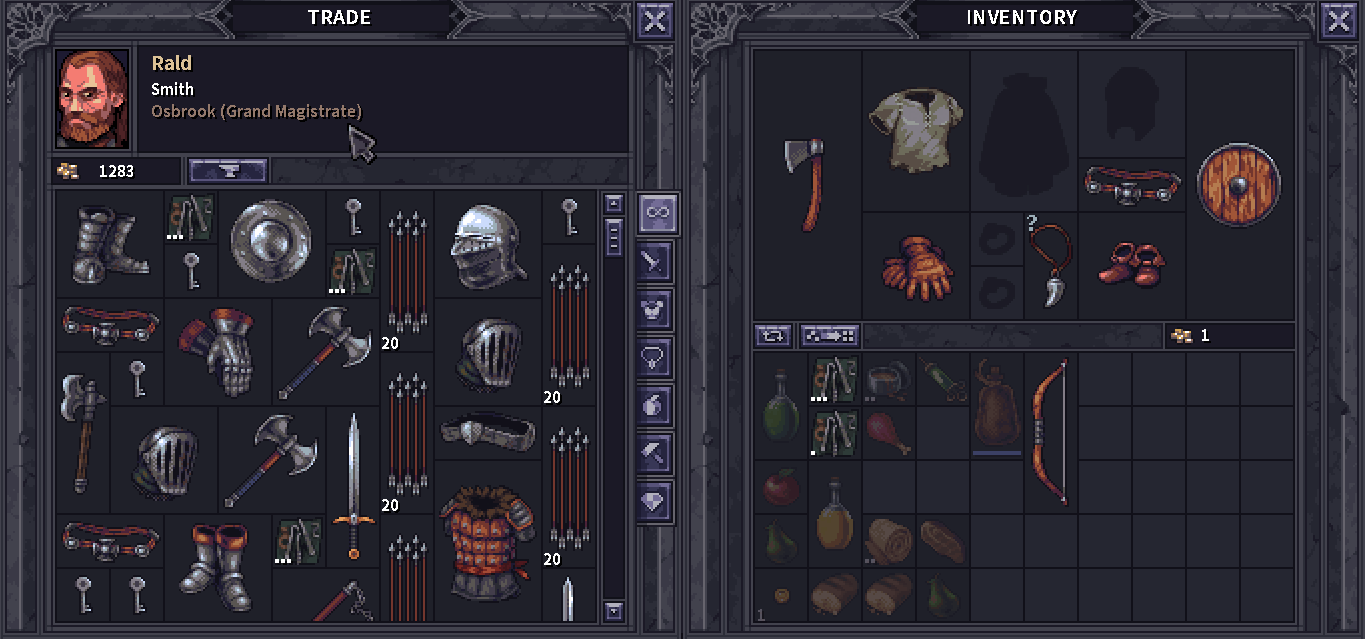


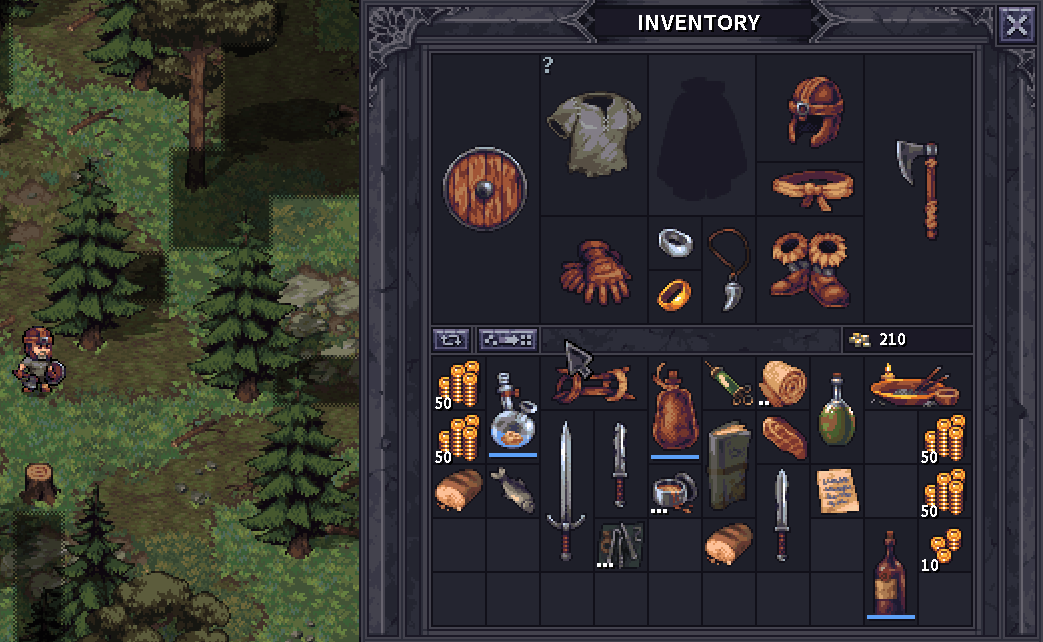

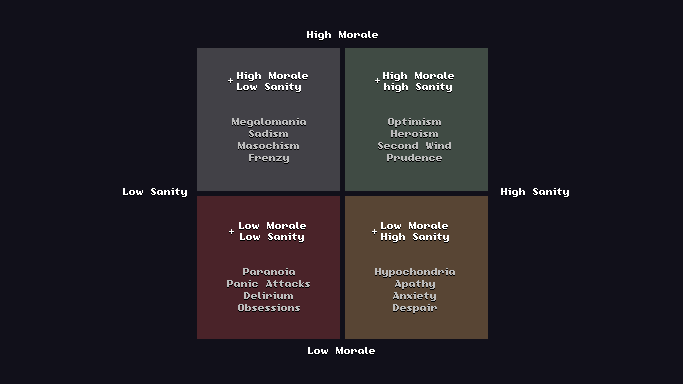 I repeat: these are NOT political coordinates.
I repeat: these are NOT political coordinates.


 You don’t have to fix the impassable objects being generated if you can make them destructible.
You don’t have to fix the impassable objects being generated if you can make them destructible. Verren gets he's probably screwed, but prefers to remain optimistic.
Verren gets he's probably screwed, but prefers to remain optimistic. Small-sized beasts like bats will need looots of time to break the door, however.
Small-sized beasts like bats will need looots of time to break the door, however. Some pretty angry skeleton.
Some pretty angry skeleton.